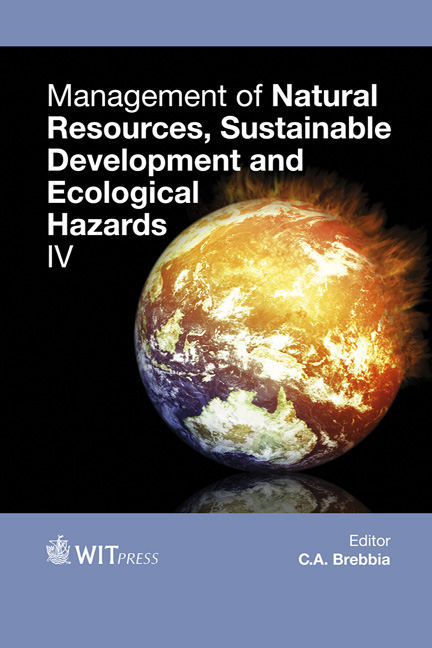Crisis Events And Analysis Of Selected Territorial And Spatial Impacts
Price
Free (open access)
Transaction
Volume
199
Pages
9
Page Range
221 - 229
Published
2015
Size
313 kb
Paper DOI
10.2495/RAV150191
Copyright
WIT Press
Author(s)
J. Betáková, R. Zeman, J. Dvorský, T. Pavlenko
Abstract
Crisis events mostly affect the development of a territory where they occur in a negative way. The calculation of the relevant statistical indicators resulting from emerged crisis events is problematic within the countries that make up the Visegrad Group. This is due to the fragmented legislative framework of terms. The perception of natural risks by residents that are associated with the emergence of a crisis event is the basis for subsequent priority setting within the territorial unit. When evaluating the perception of selected natural hazards which occur the most frequently in central Europe, we used the quantitative method of mathematical statistics called the “analysis of variance”. This paper goes on to consider the incorporation and implementation of risk management into territorial plans as a preventive measure to increase safety. Risk management contributes significantly to the protection of human life, material and cultural values, as well as the environment. At the same time it increases the level of comprehensive safety in urban areas. As a result, the probability of a crisis event emerging are reduced thereby reducing the costs of eliminating their negative consequences.
Keywords
management, plan, prevention, crisis event





